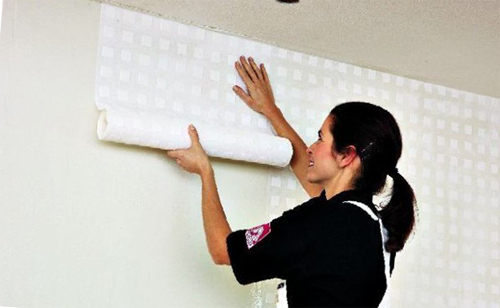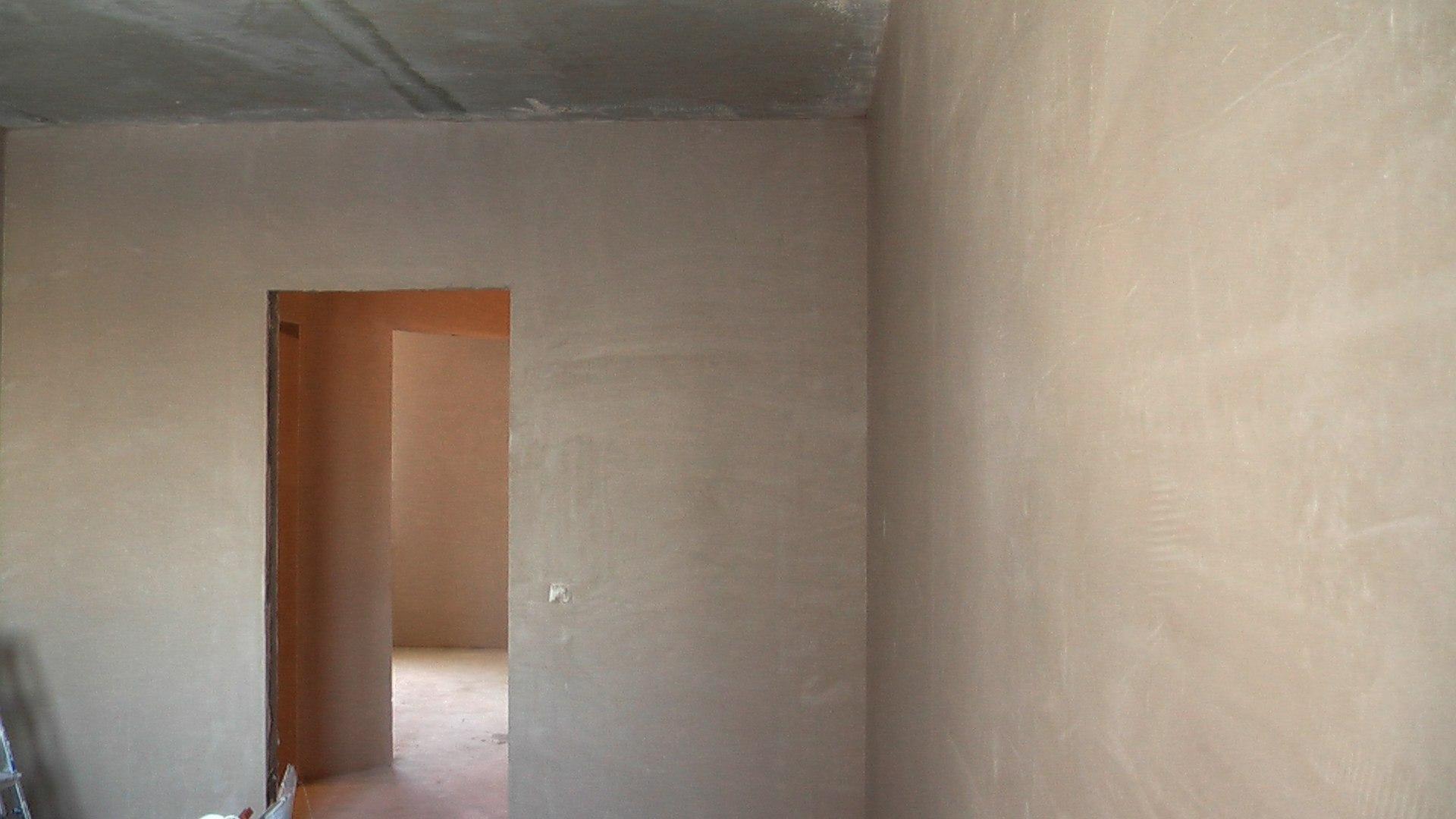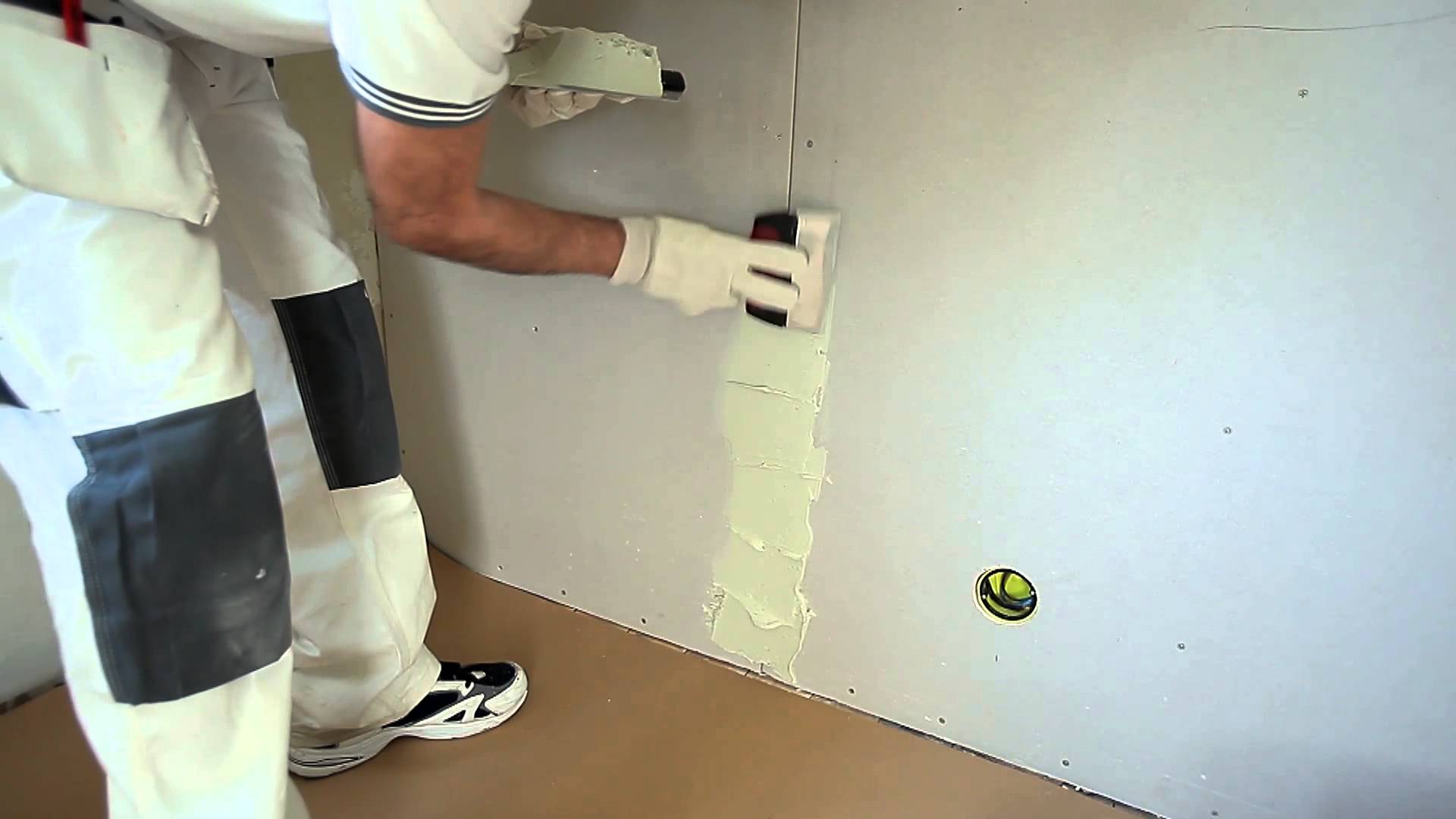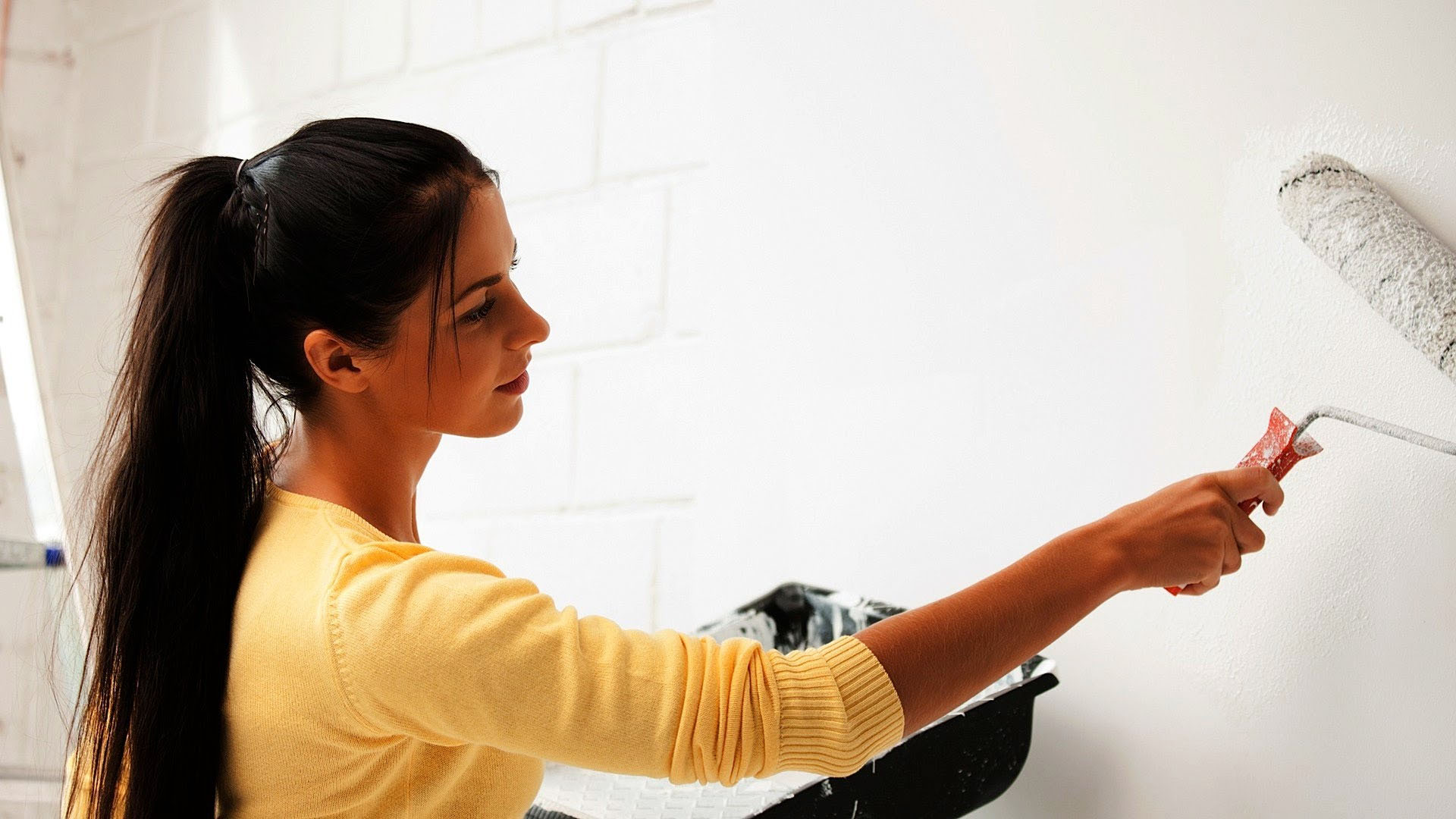Easy way to primer the walls before wallpapering!

The technology of priming walls in an apartment before wallpapering
Decided to make repairs and update the walls with new wallpapers? Wallpaper has always been the best option for apartments that have a bunch of flaws, such as uneven walls, roughness. Decorating walls with such material has advantages, you can make repairs in your home with minimal expenses.

Sticking heavy wallpaper on a prepared wall
Nowadays, wallpapers are able to withstand a life of 5-10 years. To repair you pleased as long as possible, primer the walls before sticking the wallpaper. Most confident what to primer the walls under the wallpaper a pointless waste of money, reading the glue annotation, where they promise, a high guarantee and the quality of pasting the walls. Of course, you can do without it if you do not want to make high-quality, long-term repairs.

To repair you pleased as long as possible, primer the walls before sticking wallpaper
The primer of the walls under the wallpaper will allow:
- Hide flaws and cracks;
- Walls become much more equal;
- There is a cleaning from building dust;
- The consumption of glue is reduced;
- Wallpaper is easier to stick, (adhesion increases);
- The microclimate in the apartment is improving;
- Penetrating cracks, the primer evens and strengthens the adhesion of the surface to the paper.

Preparing a wall for wallpaper decor
Most primers have antiseptic additives:
- It guarantees the absence of appearance, mold on the walls;
- The walls are protected from moisture, the surface breathes, not allowing fungal lesions to appear and grow;
- It repels the reproduction of dangerous insects.
Thus, priming the walls before wallpapering is a very necessary process, ensuring high quality repairs.
Before applying the primer, we recommend aligning the walls with putty.

Primer walls
- This will help to get a smooth and monolithic surface.
- It will hide deep cracks, depressions, chips, and other existing defects.
It is easy to apply due to its soft and elastic consistency. Nothing terrible will happen if, after application, minor scratches and even slight distortions are visible, the wallpaper will hide all defects. If the basis for pasting is made of drywall, it is necessary to apply a putty layer, otherwise in the future when changing the interior, you will not be able to tear off the tightly glued strips without damaging the drywall.

Preparing walls for wallpapering using a primer
After applying putty on concrete, the walls become white, even, which means that you can stick the thinnest wallpaper. The thickness of the putty layer depends on the surface drop, if it is not more than 1-2 mm, then it is enough to apply one layer. But with a larger difference, it is already necessary to apply two layers, the first is the start, the second is the finish.

Technology for proper wall priming before wallpapering
Starting putty has a large granular consistency, which allows you to fill in first large irregularities, and then small. When applying finishing putty, it is recommended to use a putty knife and a rule. The rule is the most ideal option when leveling, because with it, you can capture a large area of the wall at a time. In doing so, be sure to wet the rule with water. The applied solution dries for at least 12 hours; an indicator of complete drying of the surface is the absence of wet spots.
Finishing putty superimposed with a thin cover, fills the remaining small pits.

Clipping the walls before gluing
Content
Types of soil mixture
The basis for priming has several types, consists of various components, depending on the type of soil mixture.
It is subdivided into groups:
- Mineral
- Acrylic
- Quartz;
- Alkyd;
- Phenolic primer.
Any type of primer has certain properties and qualities.
Acrylic primer

Easy way to primer walls with old wallpapering materials
It is better to take a universal primer, it is suitable for wallpapering in a residential visit. One of the main components is - acrylic polymer.This mixture is suitable for walls made of concrete, brick, wood. It has a water base, which allows you to process the walls with water-based paints. When choosing a primer, pay attention to its color, it is cloudy, like milk. It depends on a large number of strengthening particles.
Undoubtedly, the main advantage is the absence of smell and drying within two hours, after application.

When choosing a primer, pay attention to its color, it is cloudy, like milk.
Mineral primer
Includes lime, cement, gypsum. It is treated with concrete, brick, expanded clay concrete blocks and plastered walls. When choosing a primer, make sure that it is suitable for the surface to be treated. For applying to concrete, any mineral-based primers are suitable, but when applied to a surface containing lime, only a mixture made of lime and gypsum is suitable. On the packaging you will find instructions for what type of base the mineral primer is intended. It dries completely in two hours.

Sticking vinyl wallpaper on primed and even walls
Alkyd primer
It has a large composition, basic chemicals such as phosphate and zinc chromate. They are an excellent prevention of surface corrosion. Alkyd polymer completely fills cracks and pores, the surface of the walls is mechanically strengthened. Thanks to synthetic polymers - Alaids, a durable film forms on the treated surface. It tolerates temperature differences from -40 ° C to +60 ° C. This is the best option for processing walls made of metal, glass ceramics. Alkyd primer is not recommended to be applied to the surface of drywall, concrete due to long drying time.

A method of preparing and priming a concrete wall for further decoration
Quartz primer
It consists of a water - dispersion base with the addition of crystalline sand, bactericidal additives, emulsifier and resin, which improve the effectiveness of the primer. Increases adhesion of the surface to the wallpaper, thanks to the fine-grained sand, the walls become rough after processing.

Consists of a water - dispersion base with the addition of crystalline sand
Do not apply the solution on metal and plastic substrates, as they do not absorb liquid. Similarly, it is not recommended to apply on walls that have direct contact with sunlight, ultraviolet radiation. The primer is not toxic, there is no pungent odor, does not contain chemical impurities. You can work with it at any temperature, in an unventilated room.

Perfect wallpapering on primed walls
The composition of the quartz primer does not include volatile substances, due to this, when processing walls, the solution can be applied in one layer.
Wallpaper glue
Many people use wallpaper glue for priming walls. Just take your time, because not every glue is suitable for the primer. Read the information on the package before buying whether it is suitable for the primer, and there must also be a detailed diagram on what proportions to dilute the primer glue. If you did not find such an option, then this glue is intended only for wallpaper. We examined the main types of primers for wallpaper.

Many people use wallpaper glue for priming walls.
When choosing, remember the main thing, they are divided into two component groups:
- Strengthening mixture (provide good adhesion with paints and varnishes, acrylic and alkyd paints, wallpaper).
- Adhesive mixture (has great adhesion to iron and concrete).
Preparation of a soil mixture at home

A reliable way to primer walls for quick wallpapering
You can buy the mixture in a hardware store, both dry and diluted. In the absence of time or money, we recommend preparing the primer yourself.
The following components are taken as a basis:
- Slaked lime 2 kilograms;
- Laundry soap 150 grams;
- Drying oil 100 grams;
- Pure water 5 liters.

Preparing a wall for wallpapering using a primer
In a three-liter capacity, pour 3 liters. boiling water, add the grated soap, after complete dissolution, pour the drying oil. In another bucket, lime is bred in 4 liters of hot water. Two solutions are thoroughly mixed, passed through a sieve. When the prepared mixture has completely cooled down, it can be used in work. But still, it’s better not to save on a primer for your home, as they say you don’t need to reinvent the wheel when there are so many different and useful primers in the world.

You can buy the mixture in a hardware store, both dry and diluted.
Soil consumption per square meter
Consumption will be calculated on the type and quality of the primed solution and the surface area.

Drywall quick primer
- If you take an undiluted primer, for laying on wooden or iron planes 15-30 m², it takes up to 1 kg. finished mass.
- To finish the wooden coating, 1 kg is required. primers for 3-10 m².
- On walls made of brick, concrete and plastered surfaces, 1 kg of soil mixture per 3-10 m² is required.

Wall and ceiling treatment with a primer for wallpapering
- When using a water-based primer, 1 kg leaves for 10 m².
- When working with a universal composition, 1 kg. will cover 10-15 m².

Preparation of the working wall for wallpapering
The solution is diluted in accordance with the attached instructions with a solvent, drying oil or running water.
Wall preparation for applying decorating materials
Mix the resulting mass thoroughly so that no lumps remain. It is better to do this with a drill - mixer, mixing with your hands, you will not get such a high quality homogeneous mixture. Do not dilute the entire amount of the mixture at once, use part of the primer. During operation, try to avoid streaks and stains. Decided on the desired type of primer?

It is better to do this with a drill - mixer, mixing with your hands, you will not get such a high quality homogeneous mixture
Now you need to prepare the walls for work
The walls must be clean. If there are old wallpapers, tear them off, if they do not leave well, moisten them with water. Wallpaper should be removed from the wall without residue. We tear out nails, screws. We clean it from old paint, knock down the lagging stucco with a hammer, otherwise the wallpaper on such walls will not hold. If the walls are affected by mold or fungus, it is important to treat them with a special antiseptic composition. It is applied under the solution and directly on the plaster itself.

Application of photowall-paper on the leveled wall with a primer
There are a number of ways to apply a primer.
The most common to use in the work of a conventional roller or a wide brush. The composition is applied to the walls in a continuous layer, with even walls it is more convenient to use a paint roller.With large volumes of area, of course, you can not do without a spray. Thus, you save your time and energy.

Fast and effective roller primer
Primer before wallpapering














